Geothermal energy, the forgotten renewable, has finally arrived
Jason Czapla is walking across a former lake bed in the middle of southern California. The ground simmers at our feet as little mud volcanoes disgorge piles of hot, sulfurous muck. The Salton Sea glitters in the distance while morning temperatures approach 106 degrees Fahrenheit.
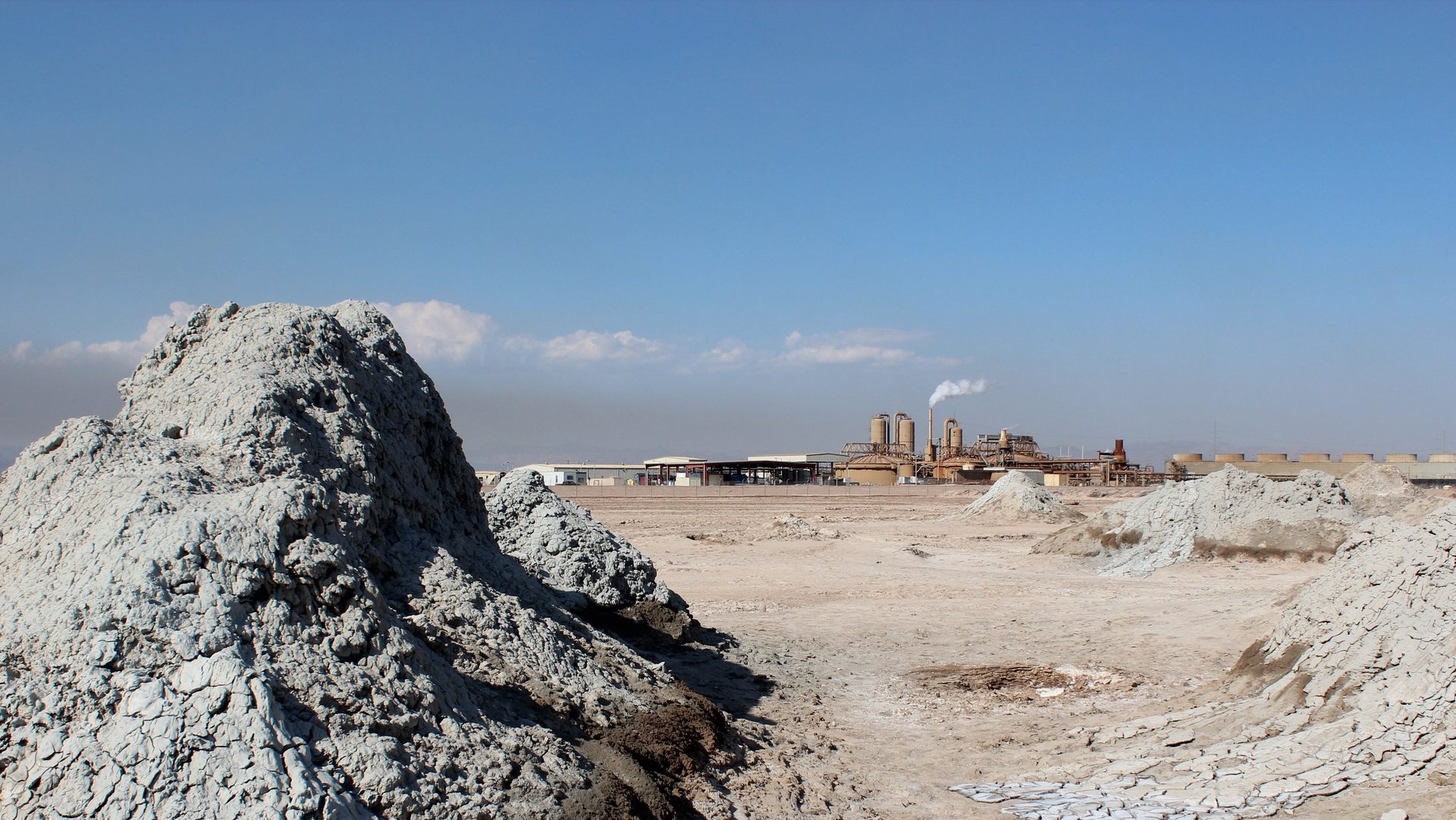

Jason Czapla is walking across a former lake bed in the middle of southern California. The ground simmers at our feet as little mud volcanoes disgorge piles of hot, sulfurous muck. The Salton Sea glitters in the distance while morning temperatures approach 106 degrees Fahrenheit.
Everything about this place, around a hundred miles from the Mexican border, feels like it’s about to combust. But for Czapla, a former petroleum engineer, there are few places he’d rather be.
“It’s the perfect storm in terms of a renewable energy project,” says the chief engineer for Controlled Thermal Resources, wearing a white polo shirt and dark sports glasses that hide the excitement in his blue eyes. “This is the best resource in the world.”
Czapla is in charge of a 7,380-acre plot owned by Controlled Thermal Resources (CTR). It’s a barren scrap of desert that ends abruptly in the great saline sea east of San Diego. For a geothermal engineer, it’s paradise.
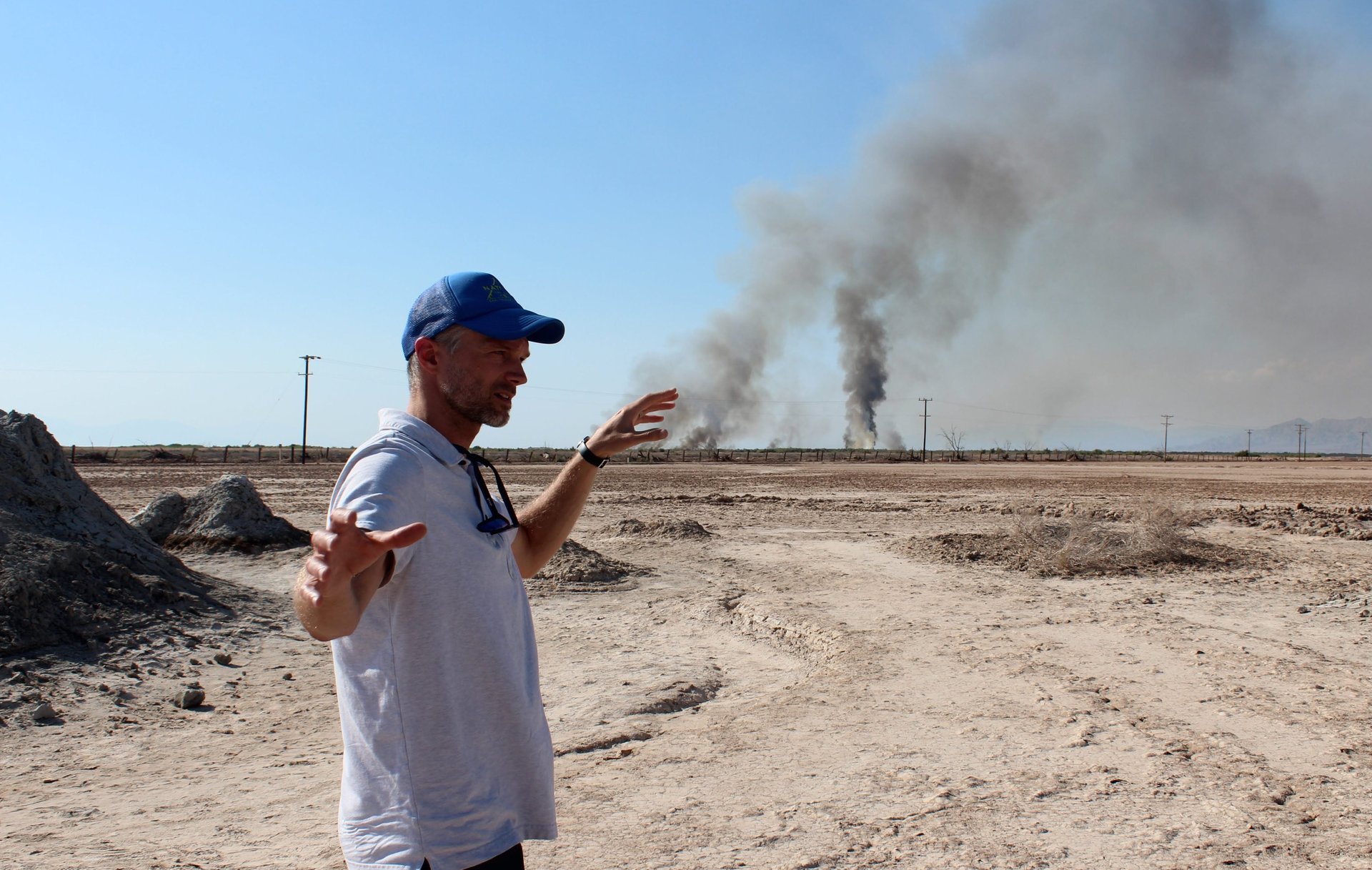
Two kilometers below the surface lies a mineral-rich cauldron of hot water where temperatures can exceed 390°C. As the Salton Sea recedes, opportunities to turn that into energy and profits are emerging. If California approves its permit, CTR will start operating its Hell’s Kitchen Lithium and Power project in 2023, one of the first new US geothermal power plants in almost a decade.
And it almost certainly will not be the last. Although the shores of the Salton Sea already hosts 10 geothermal plants—most of them built in the 1980s—geology, politics, and energy demand have aligned to make Hell’s Kitchen, and projects like it, a hot investment once again.
Over the last decade, California has poured billions of dollars into its renewable energy goals. It has scaled up wind and solar power beyond expectation, while virtually ignoring geothermal plants despite possessing the most productive geothermal fields in the US. Today, wind and solar provide more than 86% of California’s renewable capacity, while geothermal sources provide virtually the same amount as two decades ago.
But in a climate constrained world, geothermal, the “forgotten renewable,” is getting a second chance.
Subterranean’s shot
At the Earth’s iron core sits a nuclear furnace. Thanks mostly to decaying radioactivity left over from the birth of the planet, temperatures in Earth’s center, 4,000 miles below the surface, exceed those of the surface of the sun (6,000°C or 10,800°F). Over time, this heat migrates upward. Molten rock known as magma approaches the surface, carrying enormous heat.
The deeper you go, the hotter it gets. Researchers at Southern Methodist University estimate at a depth of 10 kilometers, temperatures under much of the western US surpass 300°C, well above what geothermal plants need to generate electricity. Much of this, theoretically, comes within reach of drills, the deepest of which have burrowed 12 kilometers down, mostly on scientific missions.
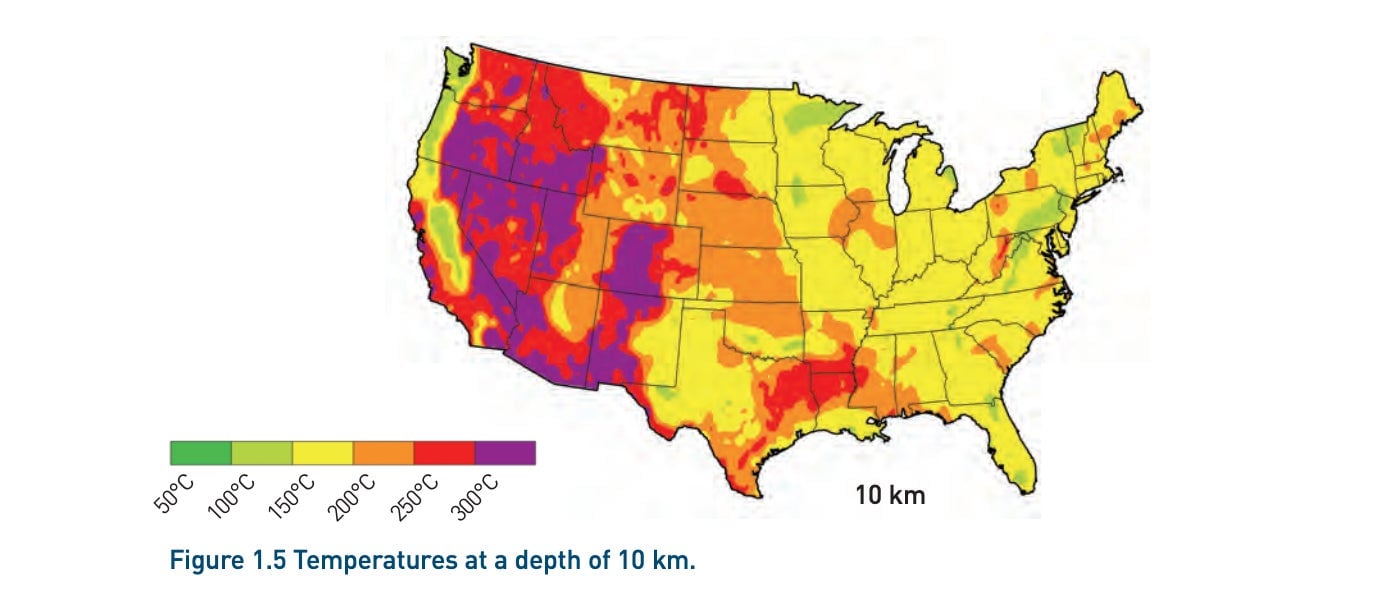
MIT estimated just how much extractable energy lay below the US in 2006. Their best guess—200,000 exajoules—was so large that even releasing 2% could supply 2,000 times the primary energy needs for the entire country, without any technological improvements in drilling technology.
All we have to do is tap it.
That was the hope when the geothermal industry began. In 1960, the first commercial geothermal plant in the US opened at The Geysers in northern California. The 11-megawatt turbine, which drew up steam from natural formations, soon inspired other plants in Hawaii, Utah, Nevada, and—of course—California’s Salton Sea, a hotbed of early activity.
While the first geothermal plants drained reservoirs of their steam or water—and thus their generating potential—a new design in the 1980s, known as “binary plants,” let operators extract the heat while maintaining the generating potential. The average plant size was small (about 5 megawatts, just 3% the size of the average US coal plant), but capacity grew fast as Congress supported the technology amid the oil crisis of the 1970s.
Then, everything seemed to lose steam. Coal prices fell, leaving geothermal less competitive. Federal funding lagged behind. In 1980, the DOE requested $111 million for geothermal but received only $15 million. Between 2006 and 2019, the US spent only $1 billion on geothermal technology, roughly a tenth of what was spent on fossil fuels, and a third of the investment in solar. “In spite of its enormous potential,” say researchers at MIT, “the geothermal option for the United States has been largely ignored.”
Today, geothermal is a bit player in the US energy industry, supplying just 0.4% of the country’s electricity in 2019. Even California, home to the largest geothermal resources of any state, generates only 5.5% of in-state electricity from the resource.
But the renewables revolution that once scorned geothermal is now making it essential. Wind and solar, as cheap as they have become, can’t generate electricity all the time. Even paired with energy storage such as batteries, it can’t supply electricity long enough during peak periods.
A brief interruption in energy supply can cause a grid to collapse. So as more bargain-basement solar panels and wind turbines are installed, grid operators must find ways to ensure steady electricity, even if peak demand only occurs a few times per year. For states like California transitioning to a 100% clean power grid, finding a round-the-clock supply of electrons has taken on new urgency.
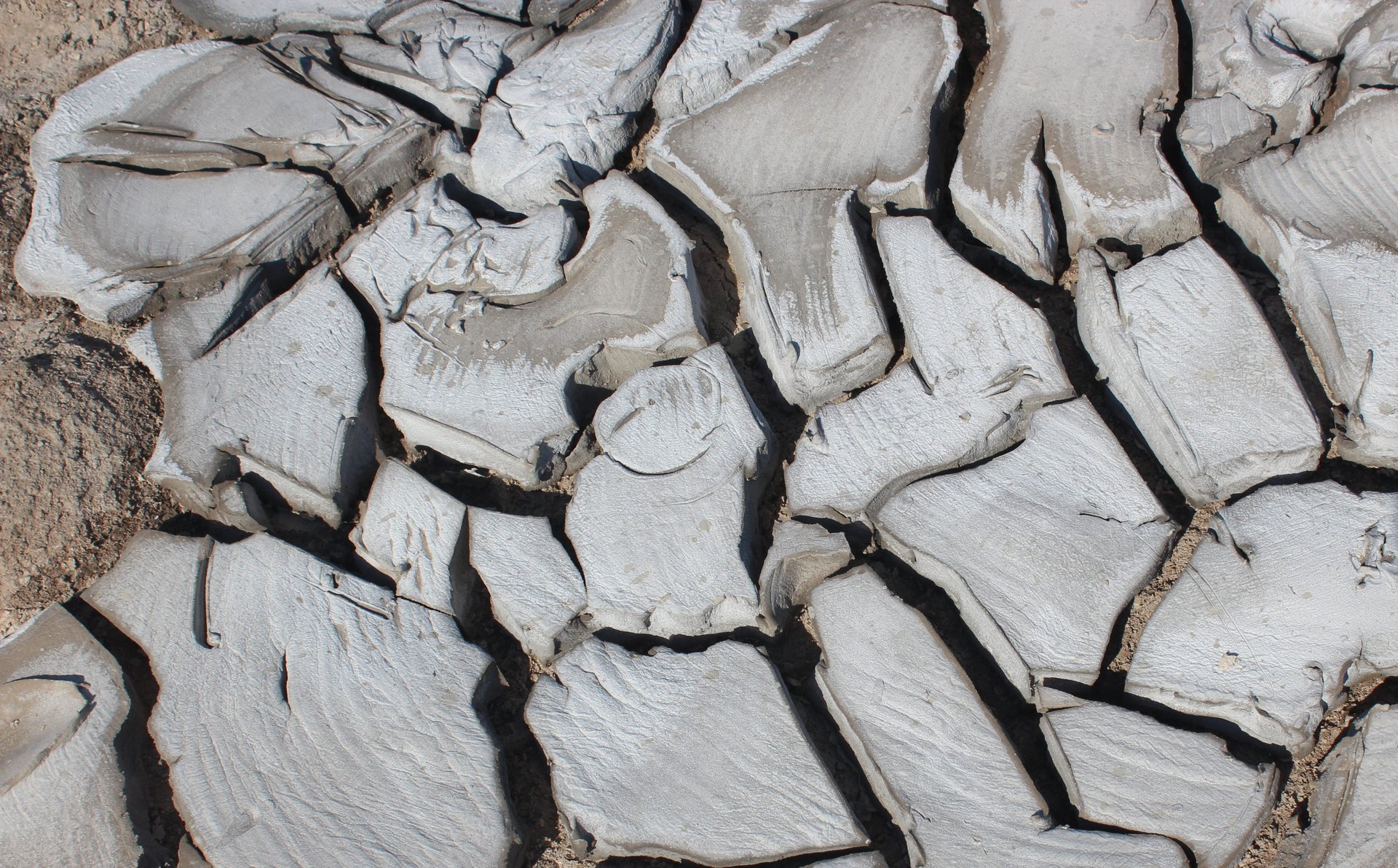
A fractured system
On Aug. 14, 2020, California’s grid was on the verge of collapse. The hottest August day in more than three decades meant demand was rapidly outstripping supply. Thousands of megawatts of solar and wind power went offline as dark fell and the winds stalled. Natural gas plants failed to turn on as expected. Electricity imports from neighboring states dwindled amid the heatwave.
To prevent California’s grid from collapsing, operators in the control room of CAISO, California’s Independent System Operator managing the state’s electrical grid, were desperately dialing for megawatts, working the phones to secure spare power. Operators asked the US Navy to unplug ships from shore power and Tesla dialed back power to its factory.
It wasn’t enough.
That night, California endured its first rolling blackouts in nearly 20 years. Two million people saw their power cut off, and the state narrowly averted an even worse disaster.
The near-catastrophe seized the attention of policymakers who saw the grid’s instability as a threat to the state’s economy and decarbonization goals. The whole system, it seemed, was more fragile than previously believed. “What happened on Aug. 14 is totally unacceptable,” says David Hochschild of the California Energy Commission. “We are going to build the most reliable electrical grid in the country. As we move toward clean energy, one of the guiding principles going forward is a diversity of renewables.”
California aims to generate 60% of its electricity from renewable sources by 2030, and eliminate all greenhouse gas emissions by 2045. To meet that goal, its grid needs far more carbon-free energy that’s available on demand. Two common options—nuclear and hydroelectric—face fierce political opposition. Few dam sites remain. California’s last nuclear plant, the 2,240-MW Diablo Canyon, will be decommissioned in 2025 (its second, the San Onofre nuclear power plant, was closed in 2013).
That has forced the state to build more natural gas plants or lithium-ion batteries to ensure a steady supply. Neither is ideal. Gas plants mean decades of higher emissions, while batteries can’t yet supply power for more than a few hours. That’s complicated California’s plans. Despite ordering 3,300 megawatts of new power capacity, the Public Utility Commission (PUC) has delayed the closure of four natural gas plants in 2019 to allow time for more generation and storage to come online.
Utilities weren’t prioritizing low-carbon baseload until now. “Geothermal fills a critical gap to complete the energy transition,” says Jesse Jenkins, an energy systems engineer at Princeton University, who estimates it could one day exceed the capacity of nuclear and hydropower. “Technical potential is not really the question. It is the economic question.”
Show me the money
Controlled Thermal Resources thinks it knows how to make money. Utilities, after years binging on cheap solar and wind, are scrambling to fortify the reliability of their power systems without adding to emissions.
Historically, geothermal looked like the expensive option. Geothermal power can cost about $140 per megawatt-hour, double the price of onshore wind, and nearly five times more than solar, according to the California Energy Commission. In 2017, Warren Buffet’s Berkshire Hathaway, which holds rights to much of the Salton Sea’s geothermal field, finally abandoned a permit for a 215 MW plant after years of struggling to find buyers for its electricity.
But that calculus ignored something critical: Wind and solar can’t provide baseload energy. A better way to calculate the cost to utilities is to measure the price of adding a particular megawatt to the grid. Electrons that can be turned on or off are worth more than those that can’t. Using this approach, the US Energy Information Administration says, new geothermal capacity in 2025 should cost just $37 per megawatt/hour, cheaper than almost every source besides solar photovoltaic ($36 per MWh).
“Geothermal is actually the cheapest when you add the externalities in,” says Dennis Kaspereit, vice president of the Geothermal Resource Group. Suddenly, new geothermal deals are being signed despite record low prices for wind, solar, and natural gas. Geothermal producers announced three agreements in California in 2020, and the largest—a 25-year, 40-megawatt deal valued at $627 million (pdf)—is for CTR’s Hell’s Kitchen project.
And that revenue is just the icing on the cake, says CTR’s Czapla. The company expects to make even more by extracting minerals. After CTR pumps up hot brine to generate electricity, it will extract lithium, absorbing the mineral like a sponge using a chemical process developed by a startup, Lilac Solutions, backed by Bill Gates’ Breakthrough Energy Ventures. The water is pumped back underground into the same reservoir. Demand for lithium, critical for electric car batteries, is expected to grow 10-fold by 2030.
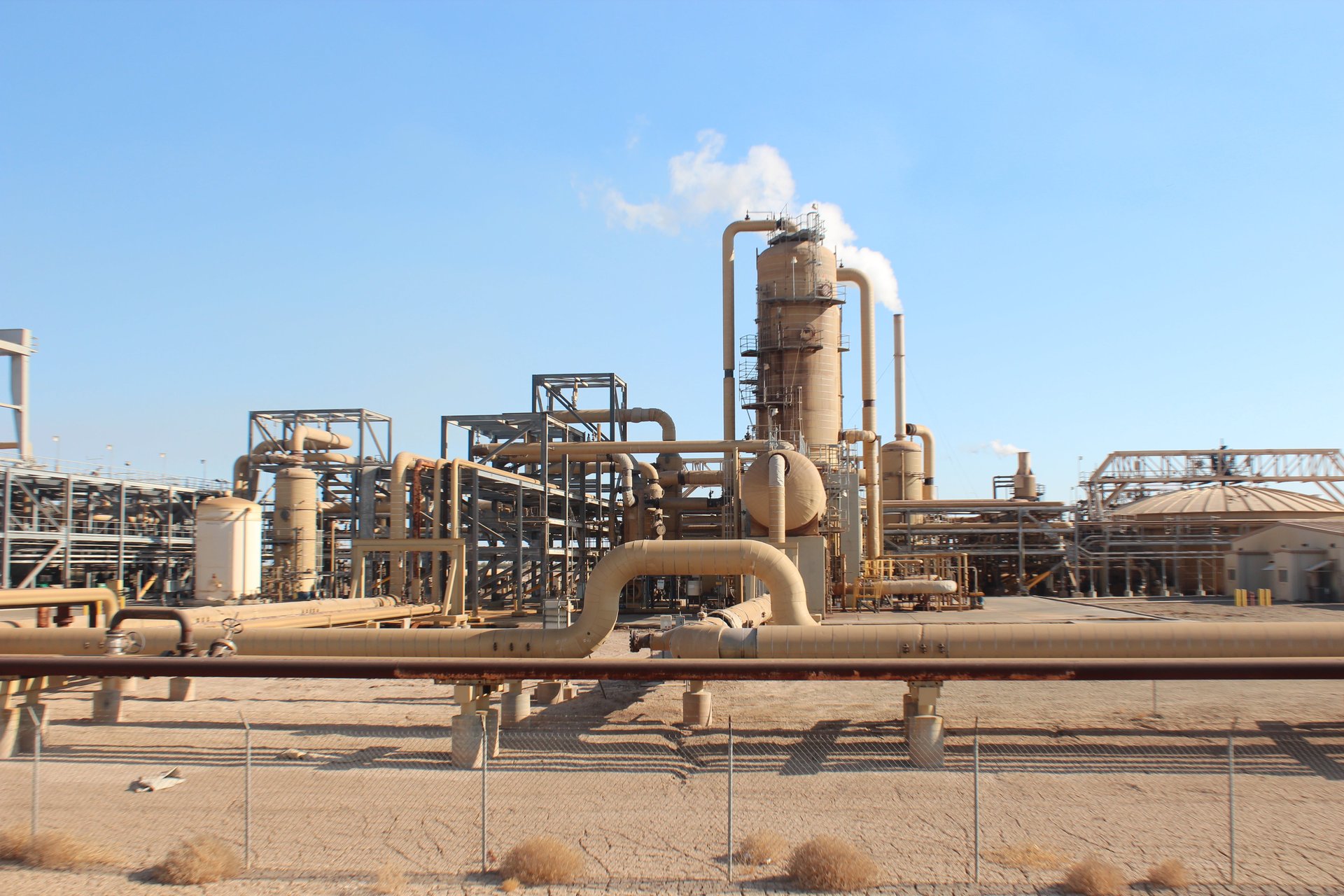
While the time for profitable geothermal plants may finally have come for California, not every location is as lucky as the Salton Sea. The site sits above an accident of geology: More than 5 million years ago, a rift above the San Andreas fault slowly filled with layers of silt and sediment. This wedding cake of porous rock happens to lie above a red-hot magma chamber, creating the hot, salty brine suited to turn turbines and mine minerals.
Since engineers can’t wait millions of years for another Salton Sea to generate clean power, they’ve been working for decades on ways to do it themselves. They’re finally succeeding.
DIY geothermal
In 1974, the quest to create artificial geothermal fields began (pdf) officially kicked off when the Los Alamos laboratory patented a method to construct geothermal reservoirs in hot dry rock. They called it an Enhanced Geothermal System (EGS). Just three years later, engineers were drilling and blasting under Fenton Hill, New Mexico, laying the groundwork for every EGS effort to follow.
Creating new geothermal fields, it turns out, requires just the right mix of rock and heat. Luckily, those conditions exist almost anywhere—if you’re willing to drill. For every kilometer down into the Earth’s crust, temperatures rise about 25°C. “If you can figure out a way to tap that, you can get a phenomenal amount of energy,” says Will Fleckenstein, an engineering professor studying unconventional drilling at the Colorado School of Mines. “It’s essentially everywhere.”
When engineers at Fenton Hill drilled about 1 kilometer down, fractured the rock formations, injected water, and collected it again, they mimicked the natural process of extracting steam in water-rich formations like the Salton Sea. Over nine months, the system powered a modest 60 kW turbine from geology that had never produced electricity before.
Early efforts in the UK, Japan, and France, plagued by water losses and inadequate fracturing, struggled to replicate the feat. It wasn’t until the late 1990s, when Australian engineers drilled into even deeper rock with existing horizontal fractures, that EGS seemed feasible. Since then, researchers have successfully created huge EGS reservoirs. Projects at Desert Peak, Nevada (2013), Raft River, Idaho (2011), and Soultz-sous-Forets, France (2010) are now supplying a controlled flow of superheated water generating electricity at close to commercial prices. And existing geothermal fields are seeing output rise using these techniques.
Invest has followed these demonstration projects. DOE’s geothermal division saw its budget exceed $1 billion for the first time this year. The US has earmarked about $200 million through 2024 to commercialize EGS technology through its Frontier Observatory for Research in Geothermal Energy (FORGE) program.
Private investment has started ramping up in anticipation. In the first half of 2020, global geothermal investments exceeded $675 million, six times more than the year prior, according to Bloomberg New Energy Finance (renewables investments overall rose only 5% during that time). Within five years, global geothermal production capacity is predicted to rise from 16 gigawatts to 24 GW, according to Rystad Energy.
CTR and its competitors alike stand to benefit if they can commercialize this technology. But the Breakthrough Institute, an environmental research group, argues it’s not enough to secure geothermal’s role in the renewable energy mix. The industry needs far bigger projects, and far more of them, to travel down the experience curve, the steep price drop enjoyed by wind and solar as their industry went global. “We need five or 10 FORGE projects to sufficiently build on technological developments and to fail, innovate, succeed, and demonstrate—bringing down costs along the way,” it argues. “Geothermal energy isn’t limited by the potential resources, but by the cost of the technology to retrieve it.”
The success of geothermal is likely to mirror the story of fossil fuels it is poised to replace—particularly natural gas. The US shale oil boom, which turned the US into one of the world’s largest oil producers, only succeeded after decades of federal funding helped refine unconventional drilling and hydraulic fracking techniques. Once costs came down enough for companies to profit, the industry took off. Last year, unconventional oil accounted for 63% of total domestic production.
Today’s geothermal technology is in a similar spot. Shifting from conventional to enhanced geothermal demands public support that bring down the costs and incentivize more carbon-free electricity. Assuming the cost of unconventional drilling for heat falls (as it did for oil), geothermal energy’s practical potential could rise by a factor of 10, the DOE estimates. Without this support, the industry could remain a fringe player, expanding in a few states with strong renewables policies and easy accessible reservoirs, but never becoming the universal resources its advocates envision.
Those kinds of policy risks are the reason Controlled Thermal Resources is staking a claim in the US at all. “Our intent was originally to be part of the emerging geothermal industry set to happen in Australia,” Czapla says. But Australia saw four prime ministers cycle through in just five years, ending up with a conservative government that backed the fossil fuel industry and abandoned major climate efforts. “All the commitments to support renewable energy development went away,” says Czapla. “About two dozen companies publicly listed in Australia for geothermal development are not listed anymore.”
Without a welcoming home, CTR scoured the world for a place to set up shop. California offered a haven: rich geothermal reservoirs, major cities, plenty of transmission lines, and a legislative target to eliminate emissions ensuring decades of demand.
“Here,” Czapla adds, “you don’t have political risk.” All the company needs now, he says, is time.
Correction: An earlier caption for the power plant indicated it was owned by Controlled Thermal Resources. It is owned by EnergySource.